After breakfast we gathered in the conference room where our coordinator, Mary Lyn, gave us marching orders for the day.
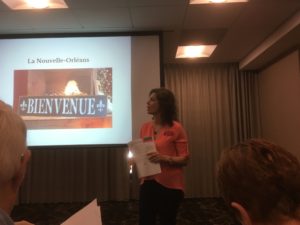
Then she turned the time over to Brian Altobello who walked us thru 300 years of New Orleans history in 2 hours.
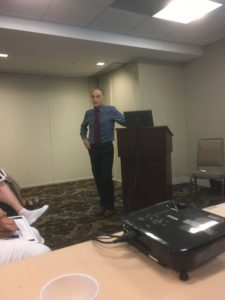
Along the way he dealt with the standard stuff (the French who found the place, the Spanish who gained control until they returned it to the French just in time to sell it to the Americans and such) and also introduced some interesting topics.
New Orleans is a unique place. This is an actual, serious sign:
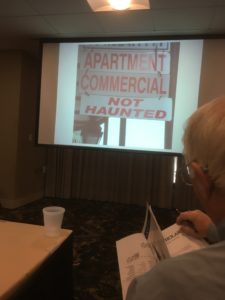
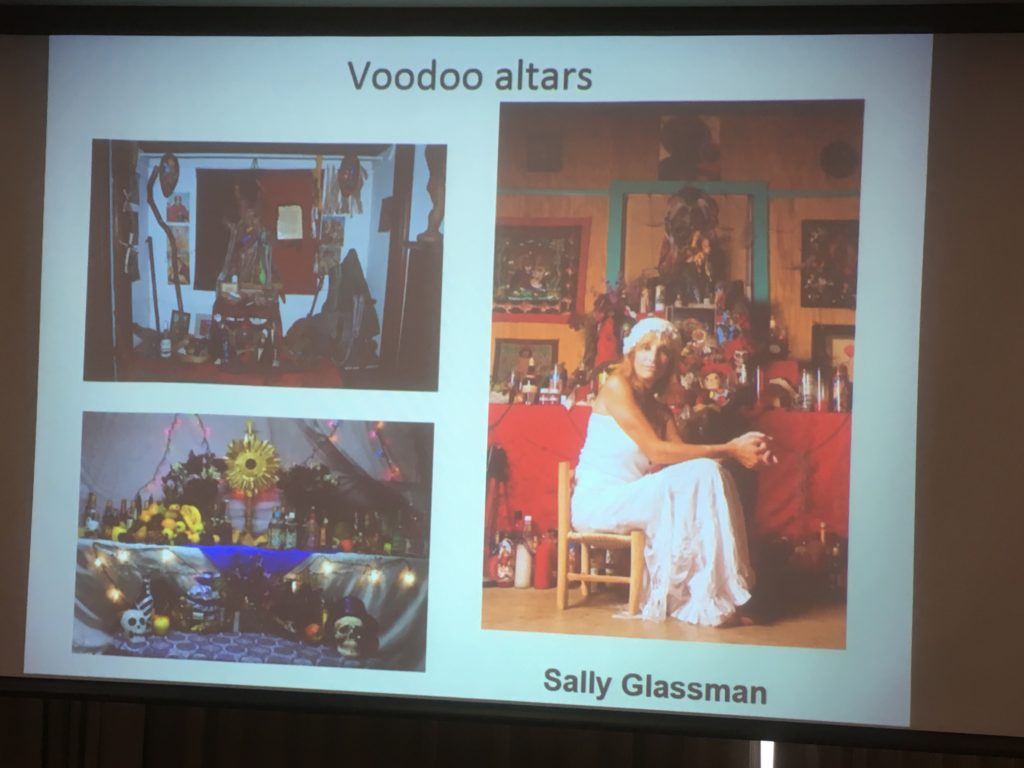
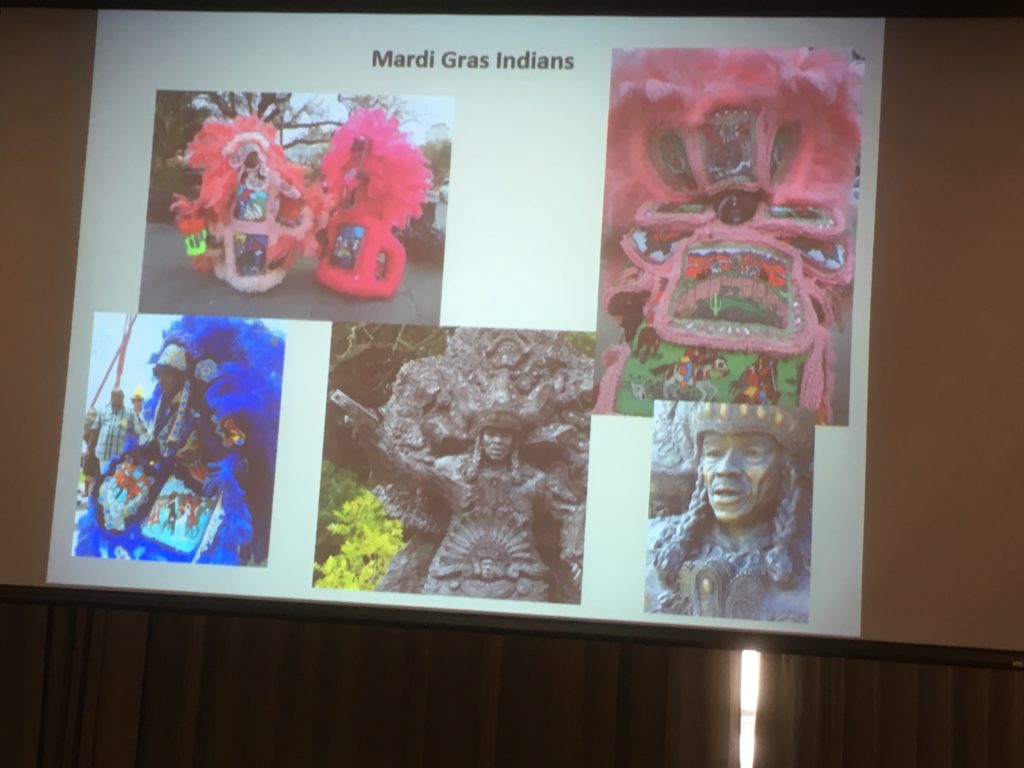
Following the lecture we boarded the bus for a driving tour of the city. In particular we drove northish to Lake Pontchartrain to review how the water control systems failed during Hurricane Katrina. Along the way we saw:
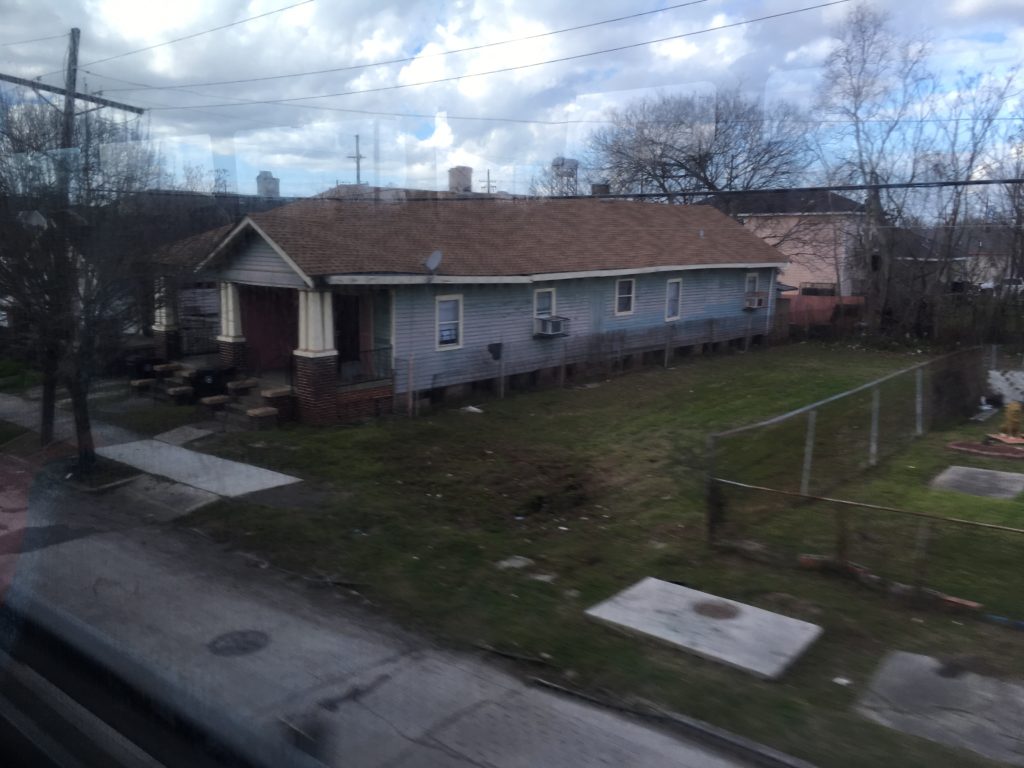
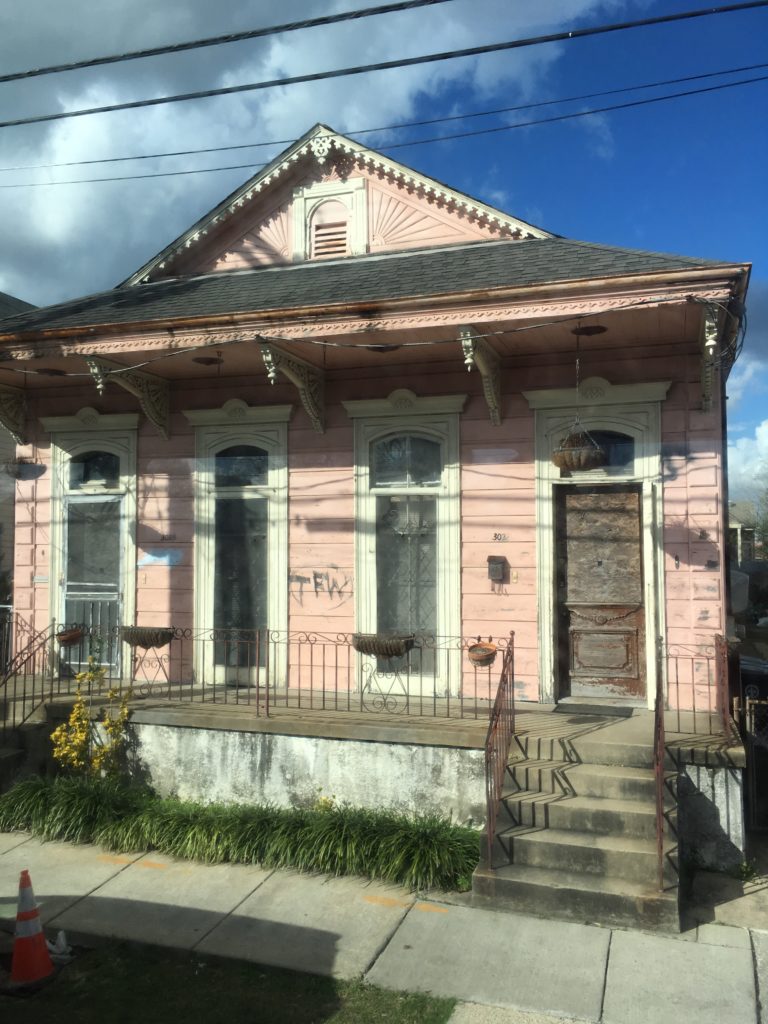
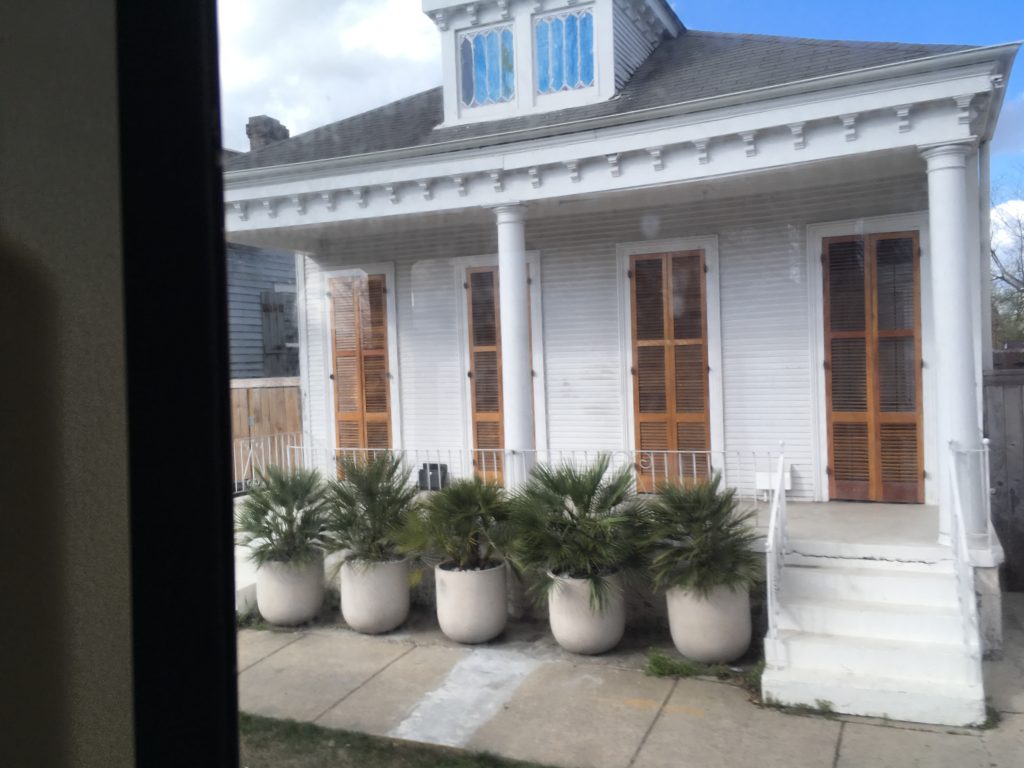
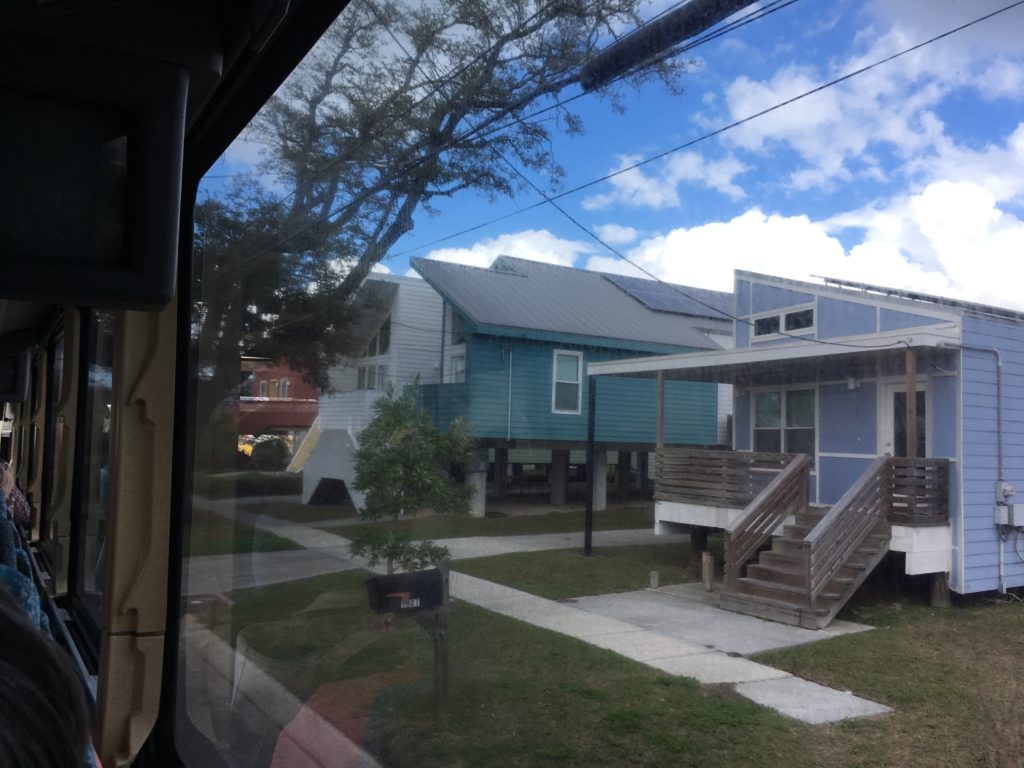
In the Lower 9th ward we also drove past the new Ellis Marsalis Center for Music – an effort to foster music education in this struggling area.
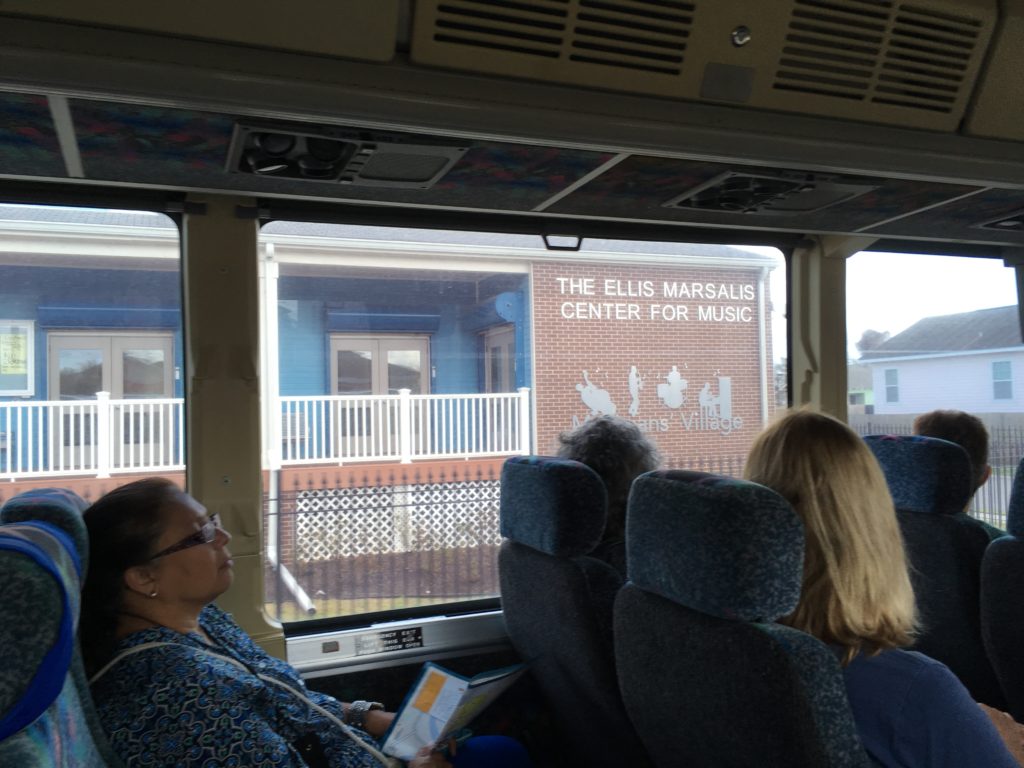
Along the way we stopped at New Orleans Cemetery #3 to talk about burial practices in the city.
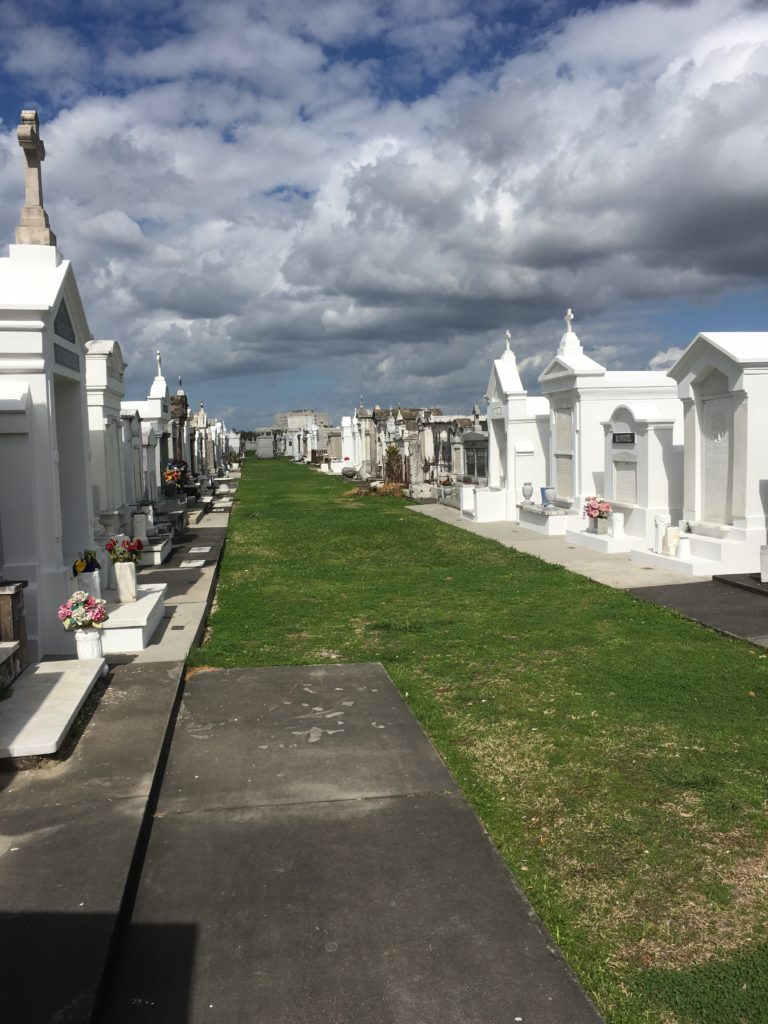
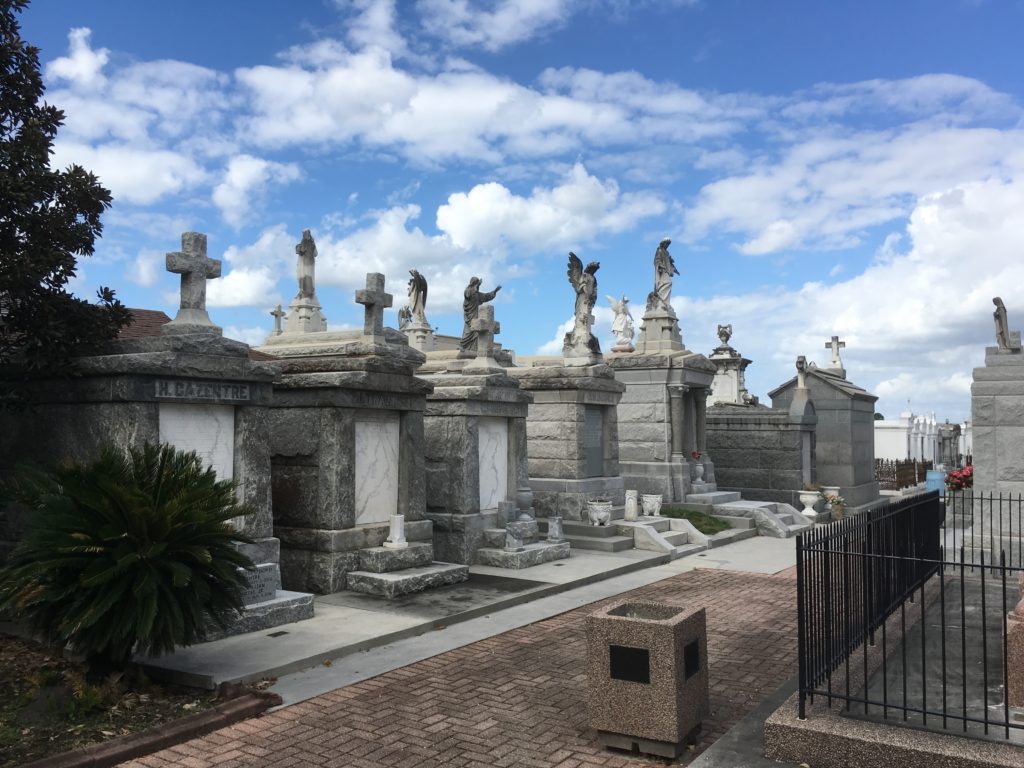
We saw several interesting structures.
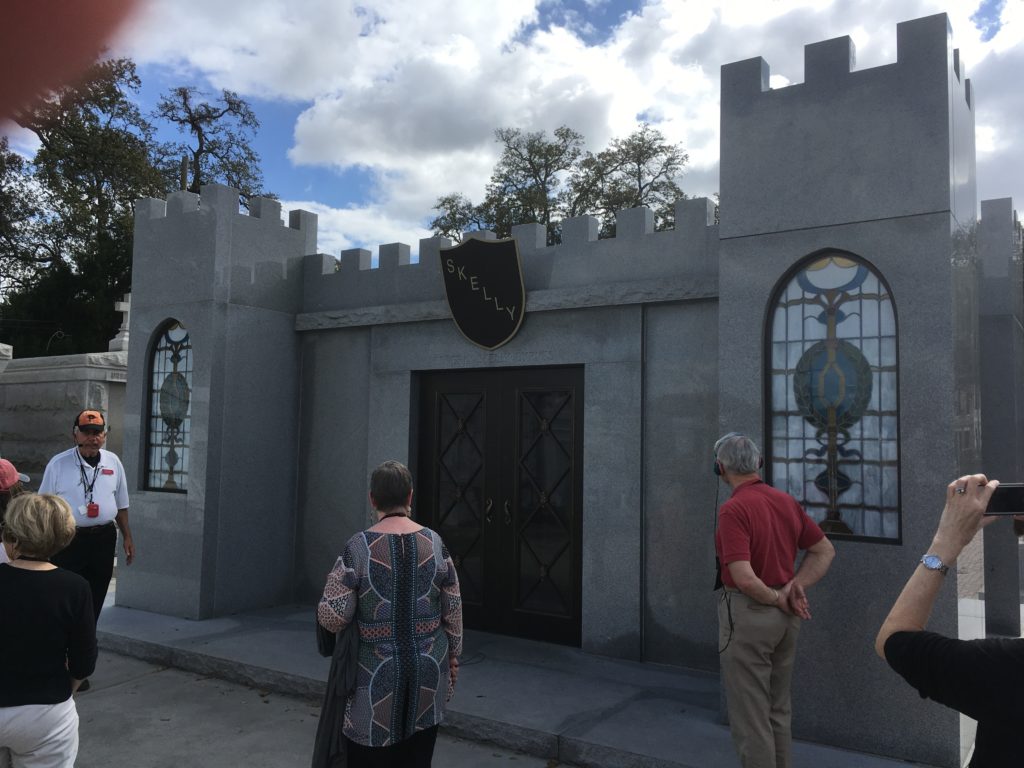
The next stop was the sculpture garden at the city park.
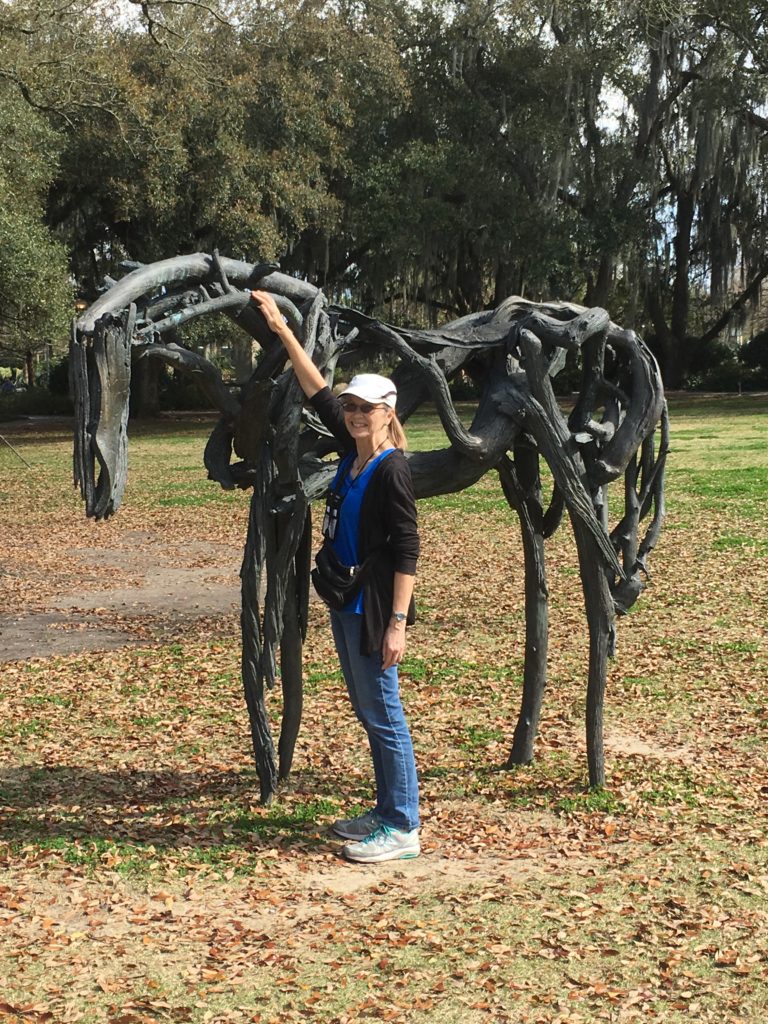
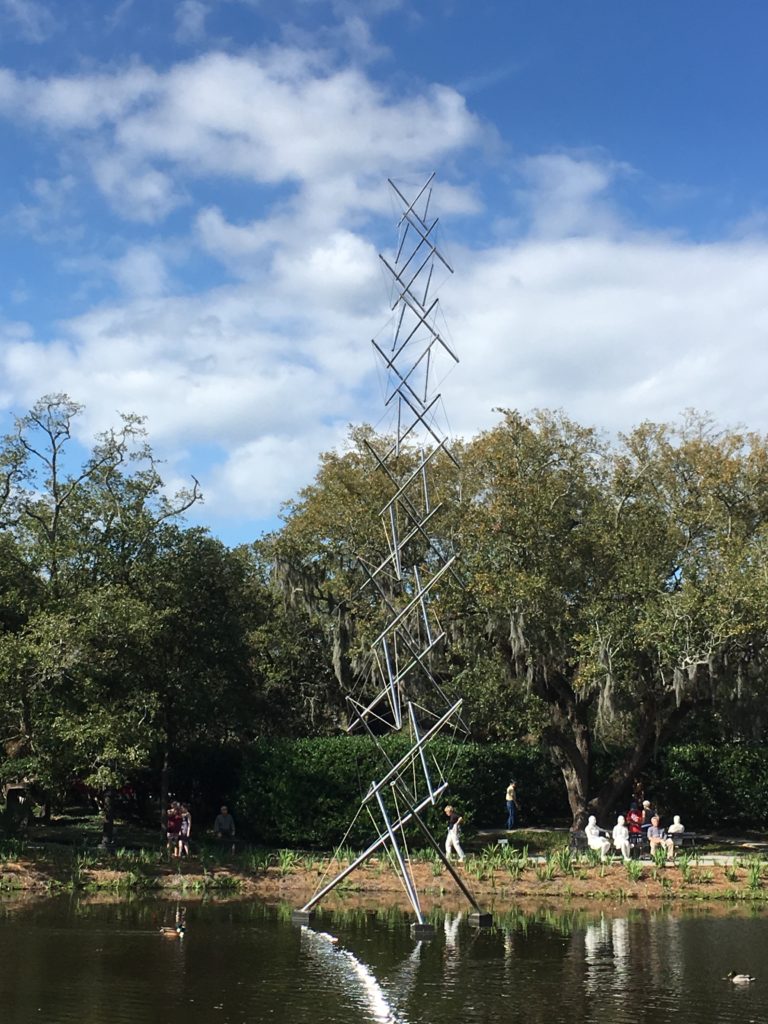
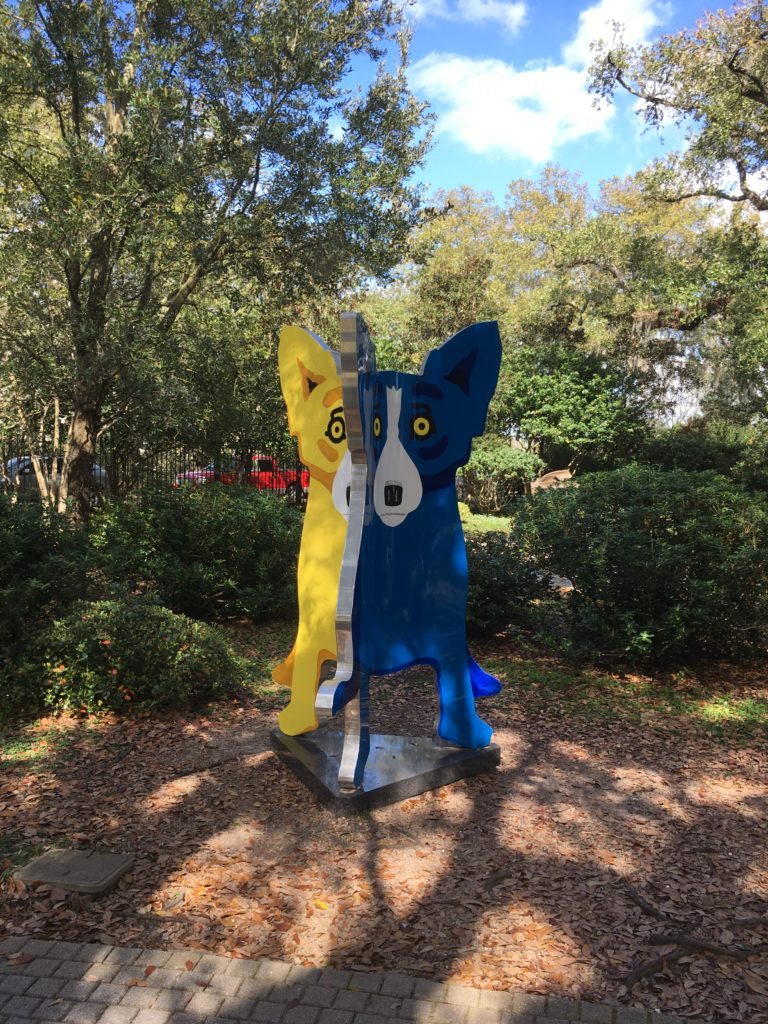
The next (and last) stop on the tour was the Louis Armstrong Park
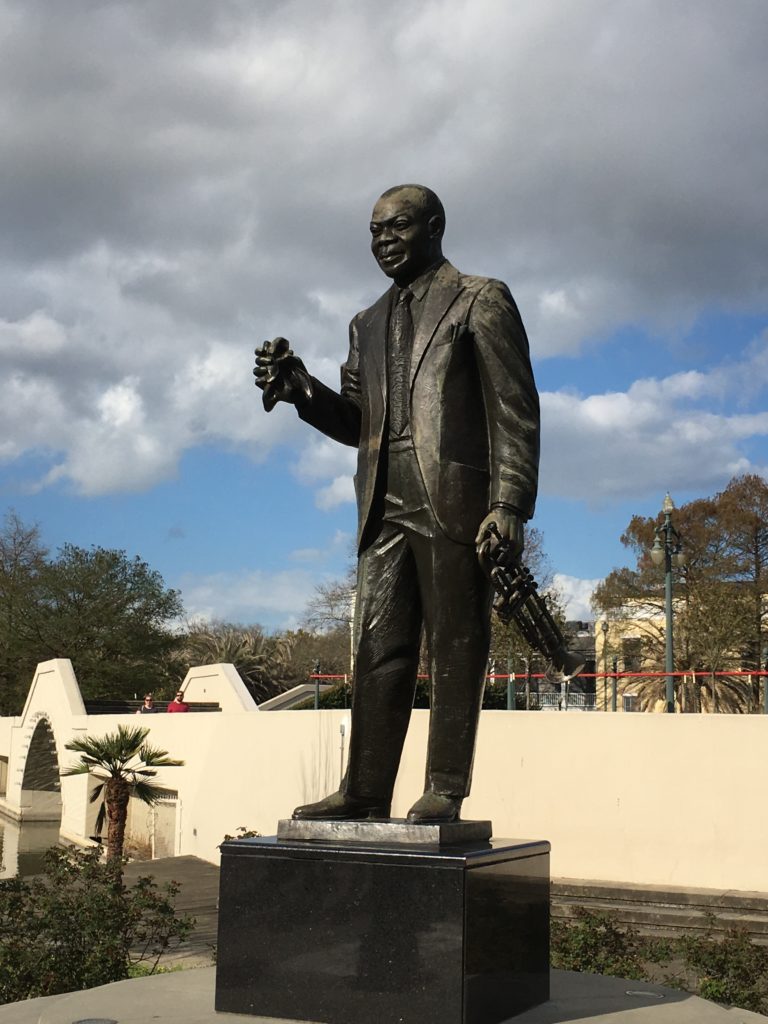
New Orleans takes its role as the birthplace of Jazz very seriously.
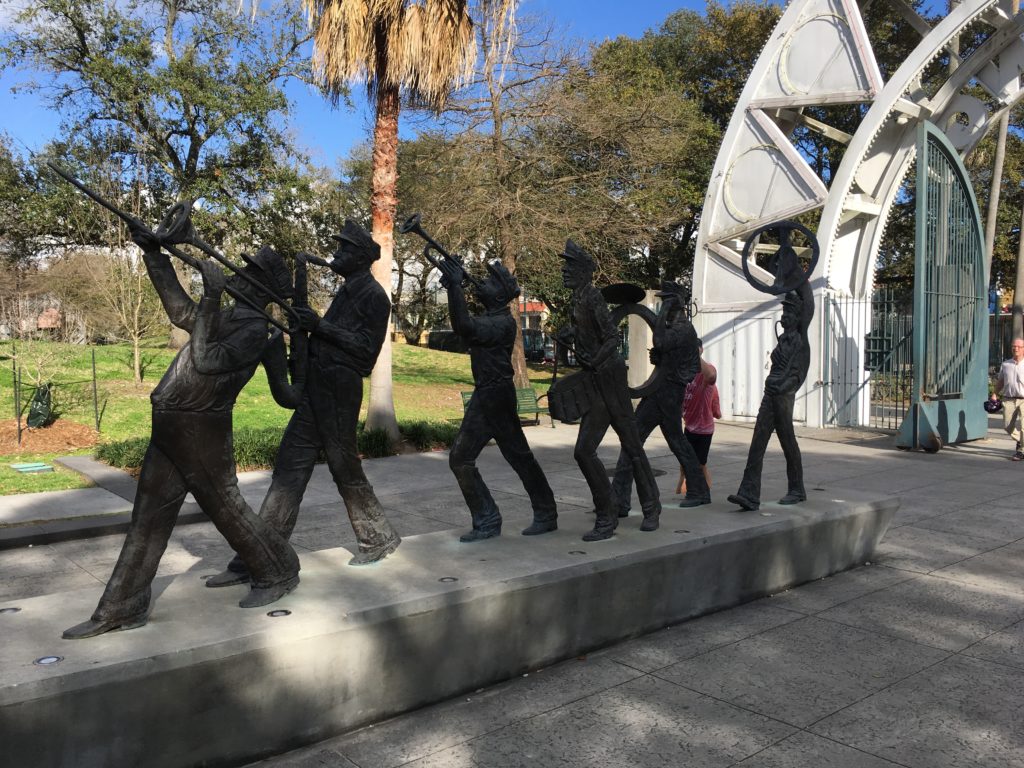
Also within the park is an area known as Congo Square. Now nicely paved it was a place where black slaves during the French and Spanish periods could gather on Sunday afternoons (Sunday was, by law, their day off) and celebrate their traditional roots.
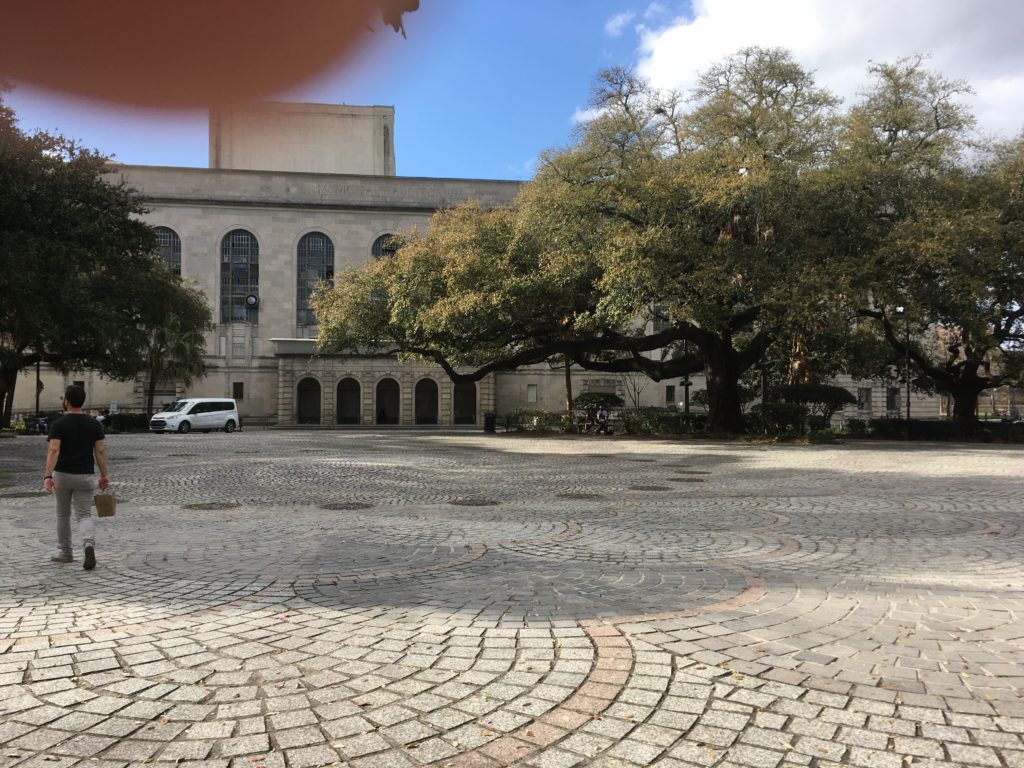
It turns out that our hotel is in an area that was a center of early jazz development, a history that is celebrated with the painting on the side of our building
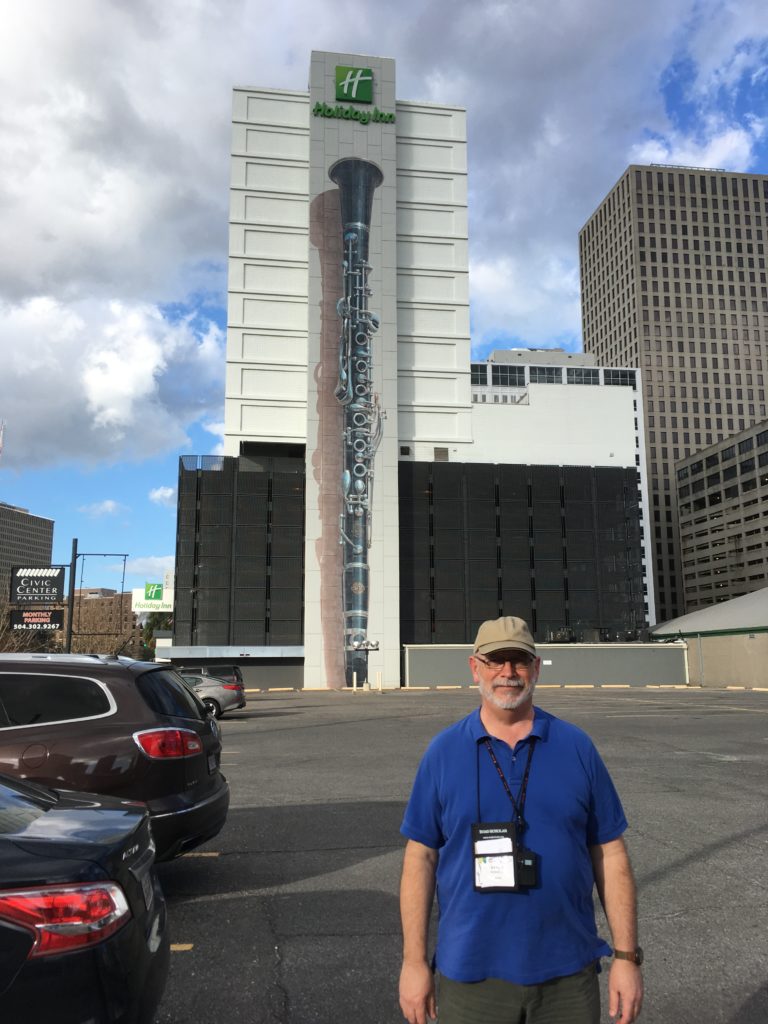
Following the tour we returned to the hotel for a rest before reboarding the bus for the short drive to our evening restaurant experience. Good food, good company, good times.
Then it was back to the classroom where Brian rejoined us to review the story of Huey Long – Governor, Senator, and Narcissist. We laughed at several thinly veiled references to current politicians.
So, that’s the day. Tomorrow is Literature and Music. Can’t wait.
Till then,
R